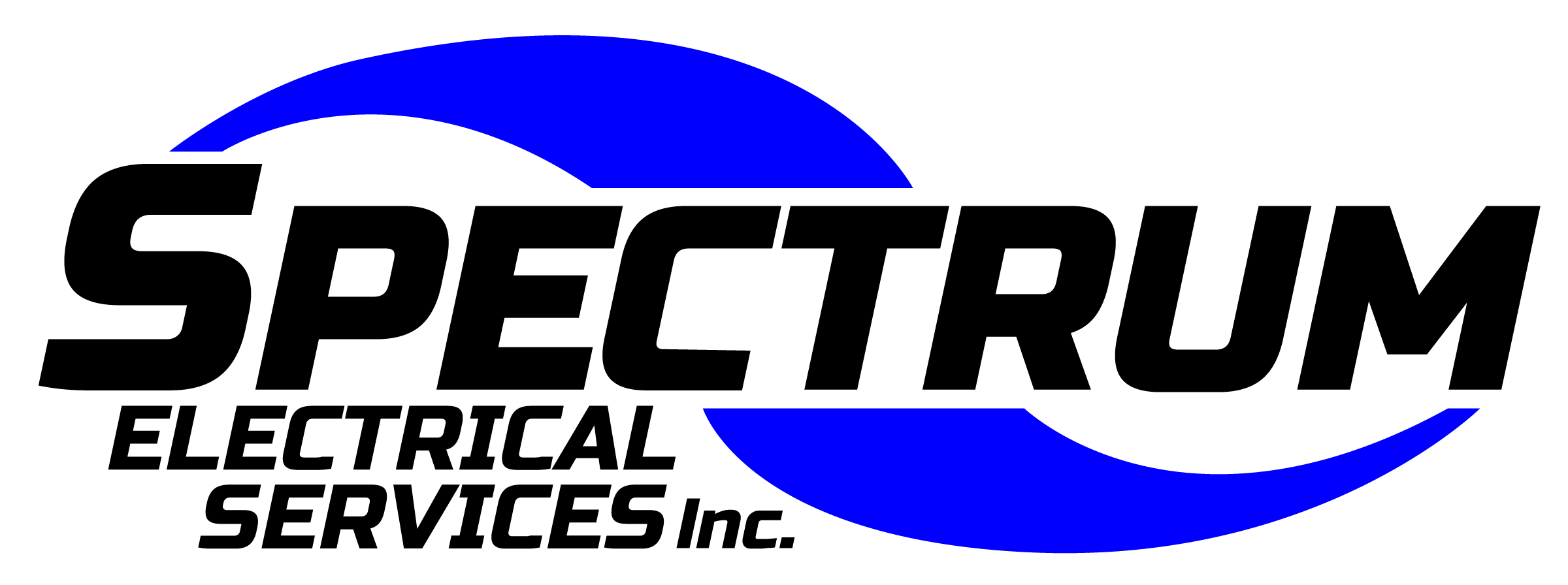Electrical Insight
Some of you may know what some of the materials, products, or tools we are posting are, and others of you may have never seen or used something like this before. We're going to post some behind the scene pictures of material, products, or tools which we use on your projects, both residential and commercial, so you have a little inside scoop and can impress our Spectrum Electrical Services, Inc. electrician next time they stop by!
You will see these scattered everywhere in our service vans, electricians tool belts, and on the warehouse shelves... but what are they and what do they accomplish? Available in a variety of colors, shapes, and sizes; their exterior is typically made from insulating plastic and their interior is a tapered coiled metal insert which threads into the wires and holds them tightly together creating electrical continuity. "William P. Marr emigrated from Scotland to Ontario Canada, early in the twentieth century. After settling in the Toronto area, he was employed as an electrician contractor for Ontario Hydro, converting gas-lit homes to electrical incandescent lighting. At that time, the accepted practice for joining conductors was a process called “solder and tape”. Typically, a mechanic installed the insulated wires; then an electrician cleaned the exposed conductors, twisted them together, and dipped them into a pot of molten solder. After they cooled, the conductors were wrapped with insulating tape. The process was time-consuming and potentially dangerous. Marr was injured when he spilled molten solder on himself. Seeking a safer, more efficient connection method, Marr, working in his home workshop, developed the first pressure-type wire connector. In 1914, he produced a set-screw version, the forerunner of the present-day twist-on connector used throughout North America." (Wikipedia) Now you know why these are so readily available for use on commercial and residential electrical projects!


